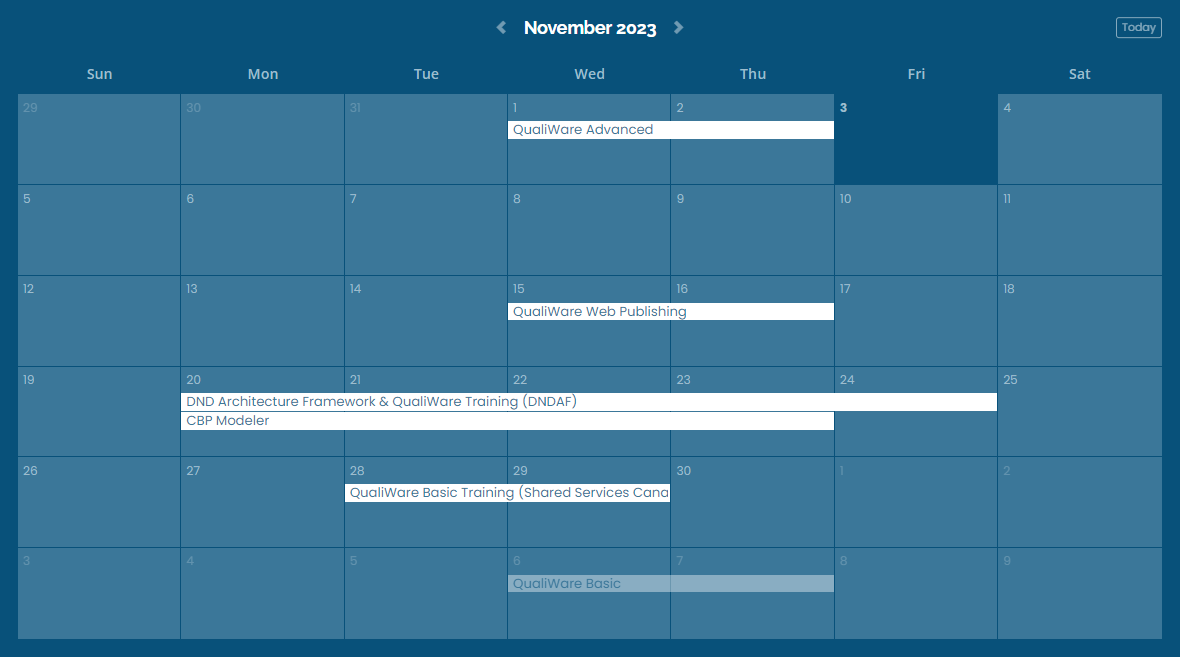Software
Services
Training & Support
Improving Business Efficiency with Process Modelling
August 22, 2023 2 min read

In the modern business landscape, efficiency is the name of the game. Companies are constantly seeking ways to streamline operations, reduce costs, and increase productivity. One powerful tool that has emerged to help companies improve efficiency is Process Modelling. But what is it, and how can it transform your business? Let's dive in.
What is Process Modelling?
Process Modelling is a technique used to visually represent and document the different processes within an organization. It provides a clear picture of how tasks are carried out, who is responsible for them, and how they interact with other processes. Think of it as a map of your company's operations, highlighting the routes and pathways of your business activities.
Why Process Model?
Process Modelling has a number of benefits and reasons for use. Some of the major ones are:
- Clarity and Transparency: By visually representing processes, everyone in the organization gets a clear understanding of how things work and it’s a playbook that everyone can refer to.
- Identifying Bottlenecks: Process Modelling helps pinpoint areas where tasks might be delayed or where resources are being wasted.
- Facilitating Continuous Improvement: With a clear model in place, it becomes easier to identify areas for improvement and implement changes that can be continually refined.
How Do You Improve Efficiency with Process Modelling?
- Define Your Objectives: Before you start, understand why you're modeling. Are you looking to improve a specific process, or are you undertaking a company-wide efficiency drive?
- Gather Information: Collect data on your current processes. This includes understanding the tasks, the order they're carried out in, and the people responsible.
- Choose the Right Tools: There are many process modeling tools available, from simple flowchart software to advanced Business Process Modelling tools. Pick one that suits your needs. A tool like QualiWare carries a variety of process diagramming capabilities including BPMN and ArchiMate. More information on QualiWare and how we use it: Business Process Management (BPM) - CloseReach
- Document and Visualize: Use the tool to create a visual representation of your processes. This should be detailed, clear, and easy to understand.
- Review and Refine: Once the model of your processes is in place, review it with stakeholders. Get feedback, identify areas for improvement, and refine the model.
- Implement Changes: Use the insights gained from your model to make changes in your actual processes. Monitor the results and adjust as necessary.
- Regularly Update the Model: Business needs and processes change. Ensure that your process model is regularly reviewed and updated to reflect these changes.
Process Modelling is a powerful tool for businesses looking to improve efficiency. It provides clarity, helps identify bottlenecks, and facilitates continuous improvement. By following the steps outlined above, businesses can harness the power of Process Modelling to streamline operations and drive growth.
1 Response
Leave a comment
Comments will be approved before showing up.
EA Trends: Optimizing for Value and Reducing Complexity
On January 15th, connect with SVP North America Brenda Cowie and CEO Kuno Brodersen in QualiWare's upcoming live webinar.
They will share key EA trends and market realities shaping 2026, and what they mean in practice for enterprise architects and IT leaders.


Mike Haley
September 18, 2023
Great post! Couldn’t agree more with all the benefits listed. I might even add another one; integration of operational and financial data which can be used for “future state” what-if scenario-playing. Process modeling often includes simulation capabilities like what is available in Collaborative Business Planning (CBP), a QualiWare add-on and yet another QualiWare solution supported by CloseReach.